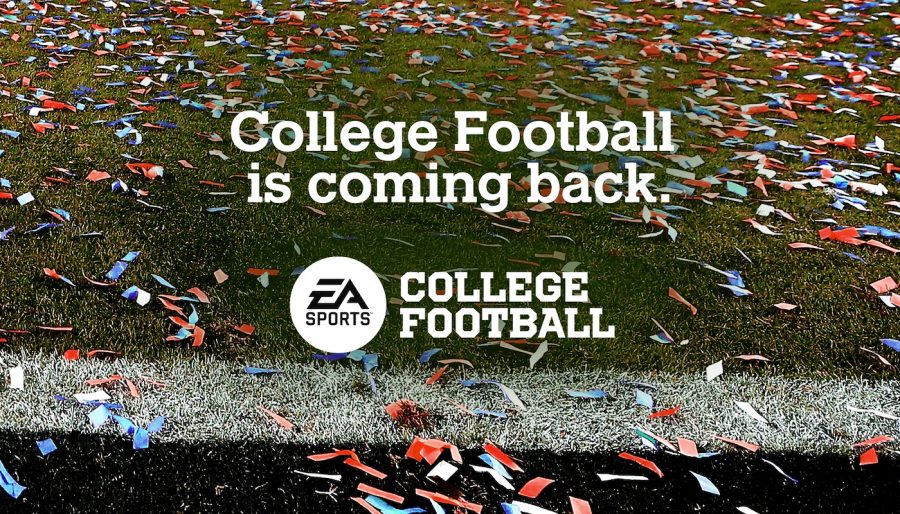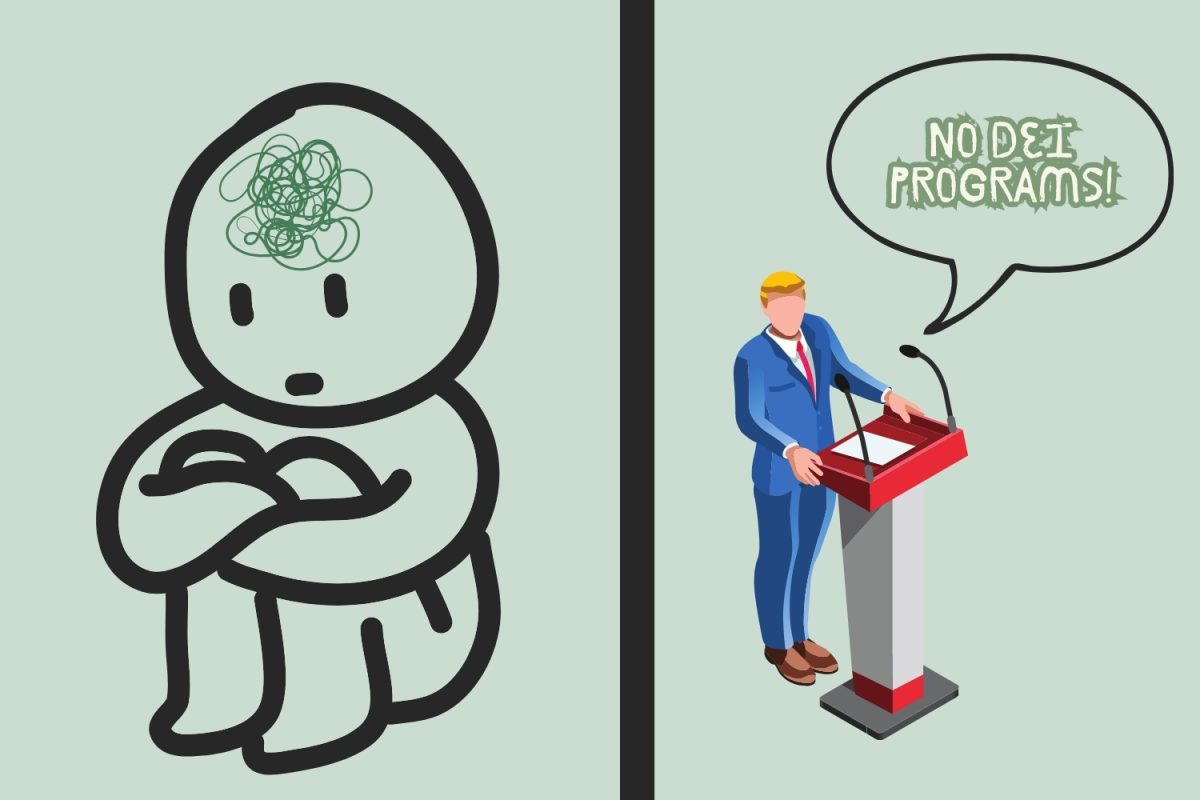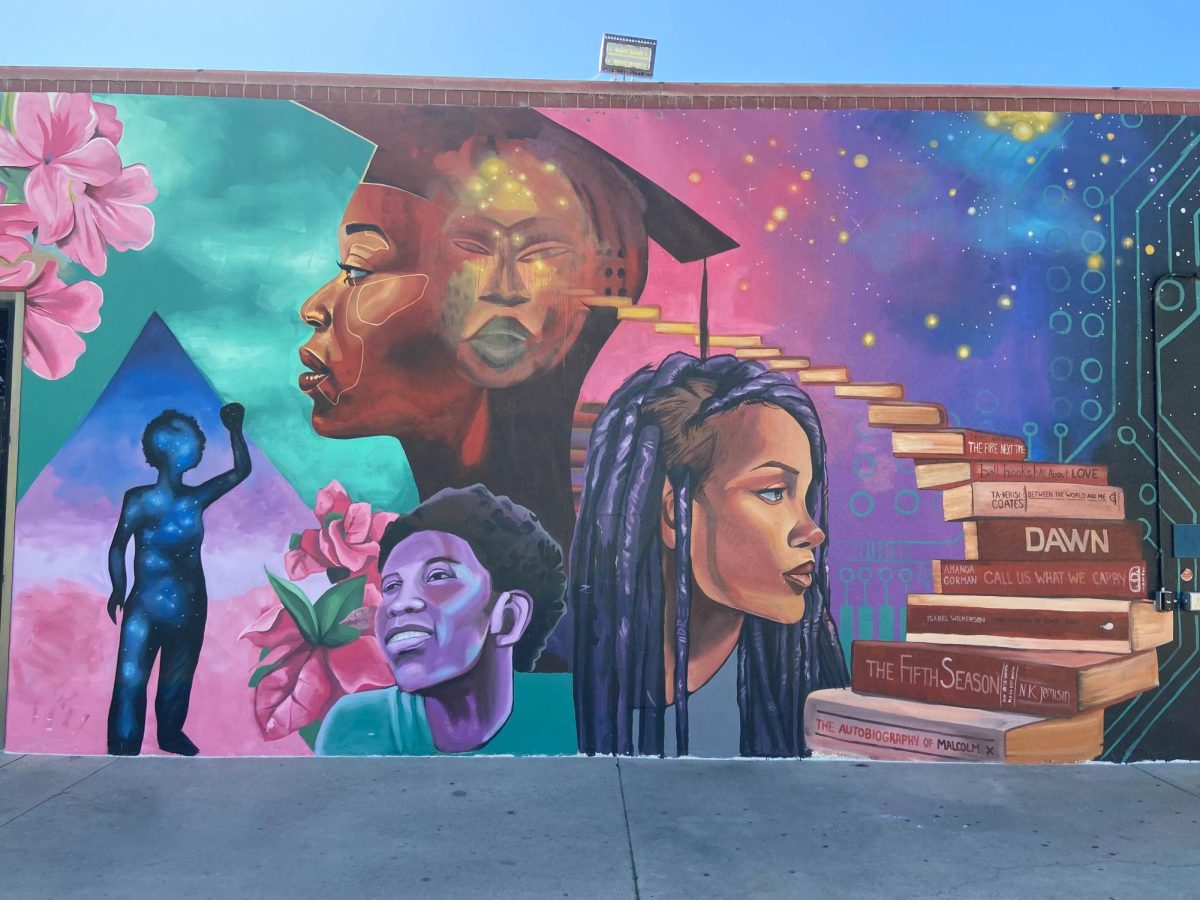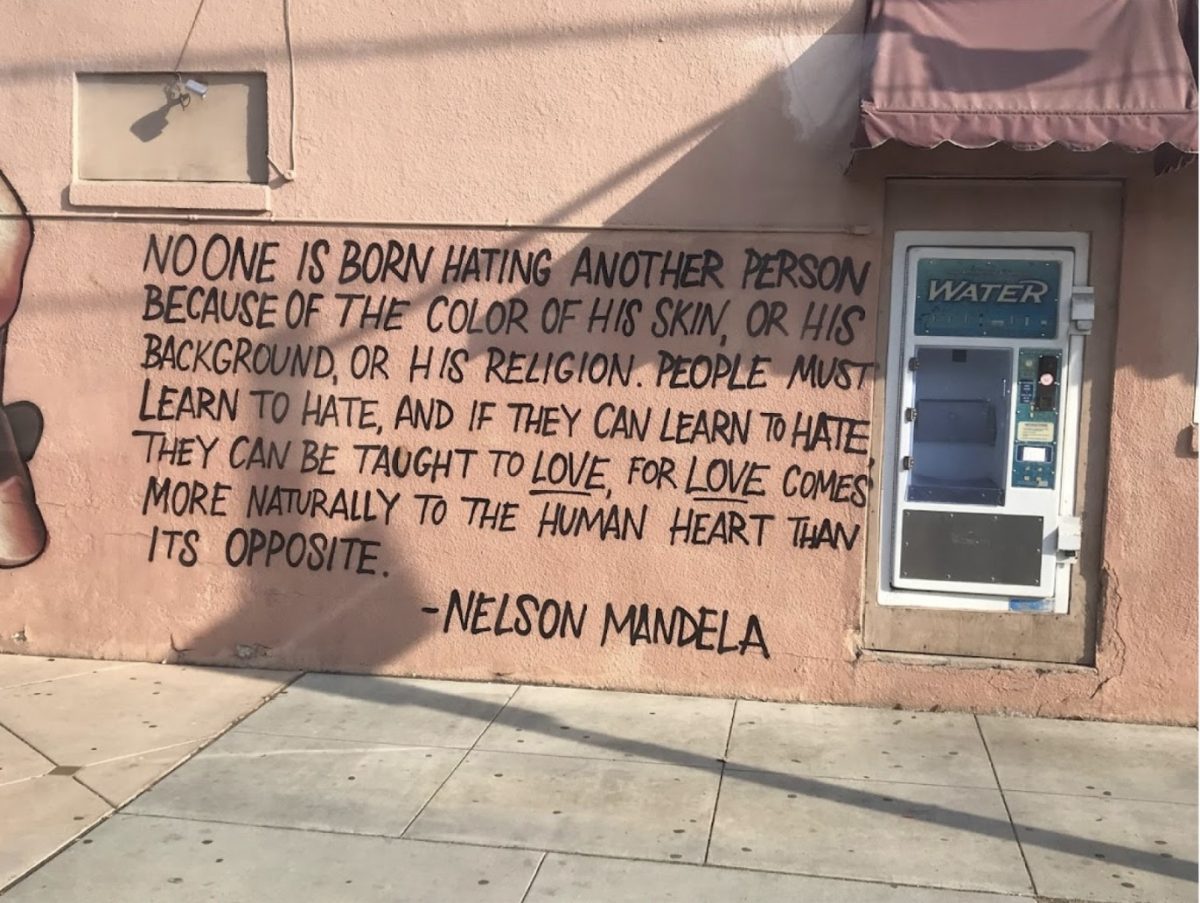Sports video game fans rejoiced on February 2 when they found out a long-lost favorite will be returning soon.
EA Sports’ announcement that they will be bringing back their college football series means that a new version of the game is coming for the first time since 2013, though an exact release date has not been set.
However, unless student-athletes receive a portion of the profits from the game, I would urge consumers against purchasing the game when it comes out.
Buying the game would be yet another instance of how the current system allows schools, media, and other outside entities—but not the players—to profit from their efforts.
Even without releasing a new game for over seven years, EA’s college football series is the fourth-highest selling sports video game franchise of all time.
College football players are the biggest revenue drivers in NCAA Division I sports; the five largest conferences alone made $2.9 billion off football in 2019. The economics of college sports are so impactful, that the major argument for playing football in 2020 in the middle of a pandemic was that “football funds almost all other college sports.”
Beyond being the financial engine of college sports, football as a game puts its participants through a unique and life-altering physical toll. Compensating student-athletes for putting their bodies in danger is the least that ought to be done.
EA stopped producing college sports games due to a class-action lawsuit filed by former student-athletes against the NCAA, EA, and the College Licensing Company. The decision ruled student-athletes were owed a portion of previous video game profits since the games benefited from using their names, images or likeness (NIL).
For the previous EA college football games, players were never specifically named. However, school teams played as digital equivalents of their real-life counterparts.
For example, if EA had made ‘NCAA Football 19’, Heisman Trophy winner Joe Burrow’s name would not actually be in the game, but he would be listed as LSU’s “QB No. 9” with his corresponding height, weight and home state. He and his teammates, as well players for all other teams, would be similarly identified and have attributes mirroring their real-life abilities.
School names and stadium branding were true to life, as well as broadcasters, bowl games and cover athletes. Everybody gets a piece of the profits except the players.
State governments have recently waded into the NIL issue, beginning when California passed Senate Bill 206 in 2019. The bill allows California-based college athletes to profit from NIL, and prevents the NCAA from penalizing their eligibility. Similar laws have been passed or are being debated in multiple states.
However, the NCAA has continued to drag its feet on NIL compensation. For their part, EA has already stated that they plan to use generic players for the new game’s rosters, but will “keep up to date” with any NIL policy changes.
Even so, users are able to edit rosters—and there is a long tradition of doing so—to make the game match the real-world teams. Heck, one of the things I enjoyed before playing was renaming the rosters of my favorite teams to their actual names.
Considering when the newest version of the EA Sports College Football game is released, it may come a decade after ‘NCAA Football 14.’ It’s worth waiting for until student-athletes receive a share in the profits.
Otherwise, it’s more of the same. Corporations and institutions make all the money and keep it from the people who risk themselves by playing for real on Saturdays while exploiting their NIL.








